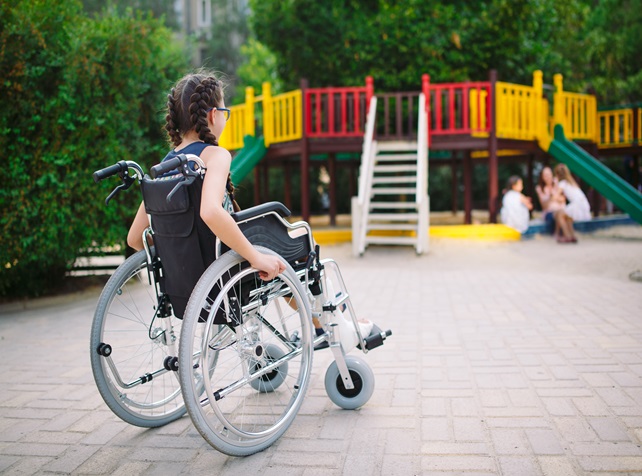Juvenile arthritis is a lot more than just joint pain, 15-year-old Laura McNeil explains.
"Every joint in my body aches and every muscle," she told health experts gathered at NSW parliament on Tuesday.
Subscribe for FREE to the HealthTimes magazine
"It's rare for me to have a full week at school,"
Laura, who was diagnosed with juvenile arthritis at the age of nine, says the chronic condition means she often travels up to 500km at a time to meet with different specialists.
Her experience correlates with a landmark report commissioned by Juvenile Arthritis Foundation Australia and released this week.
Australian children living with disabling juvenile arthritis wait on average more than a year for a diagnosis, missing weeks of school in the meantime.
Most sufferers live in chronic pain and specialist appointments as well as medication side effects mean children miss two to three days of school every month.
The illness involves around 25 medical appointments and up to four hospital admissions each year, leaving families increasingly unable to meet costs.
A child living with juvenile arthritis costs the average family $28,688 each year, a nationwide study of more than 200 children and carried out by University of Sydney researchers found.
Some families are forced to borrow from relatives to pay for treatment.
The condition is one of the most common chronic childhood diseases affecting up to 10,000 children from birth to 16 years and up to 30,000 young Australians from birth to 24 years.
NSW Health Minister Ryan Park said the disease had fallen under the radar and promised the government would do more to invest and make the illness a priority.
Juvenile Arthritis Foundation Australia founder and professor Ruth Colagiuri said the quality of life for children with juvenile arthritis is significantly lower than the Australian norm and lower than for children with comparable chronic diseases.
Prof Colagiuri said the lack of access to specialist care contributes significantly to poor outcomes.
"No child should wait almost a year or more to get a diagnosis," she said.
"This critical delay narrows the window of opportunity for early remission and positive long term outcomes, causes distress to families and avoidable pain and suffering for the child."
Australian Paediatric Rheumatology Group chair Ben Whitehead said without an investment in the specialist paediatric rheumatologist workforce, children will continue in pain and at risk of long disability and potential blindness.
The report hopes to inform future national health policy and planning and recommends three key interventions including earlier diagnosis, access to paediatric rheumatology services, and financial benefits and supports.












